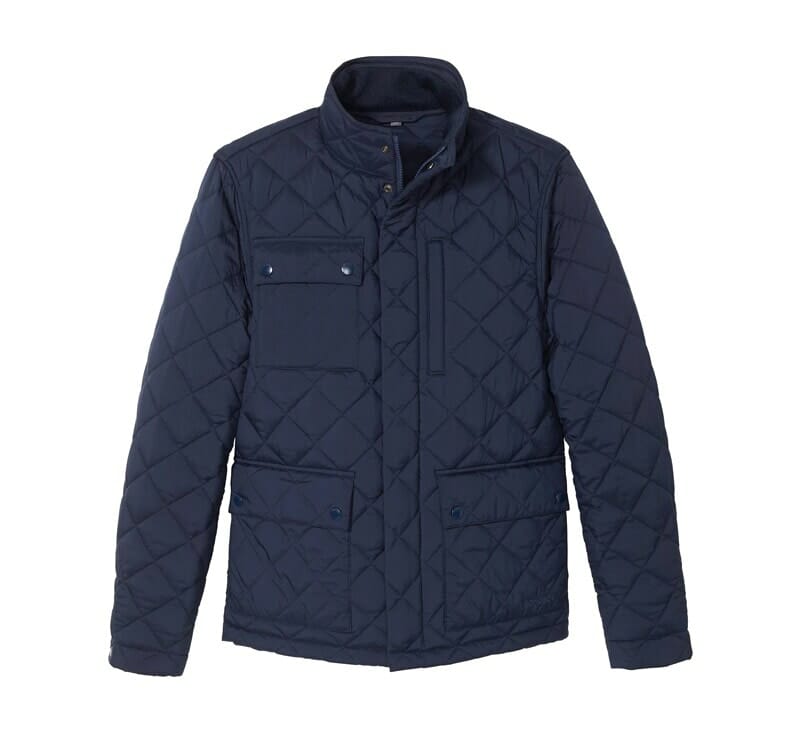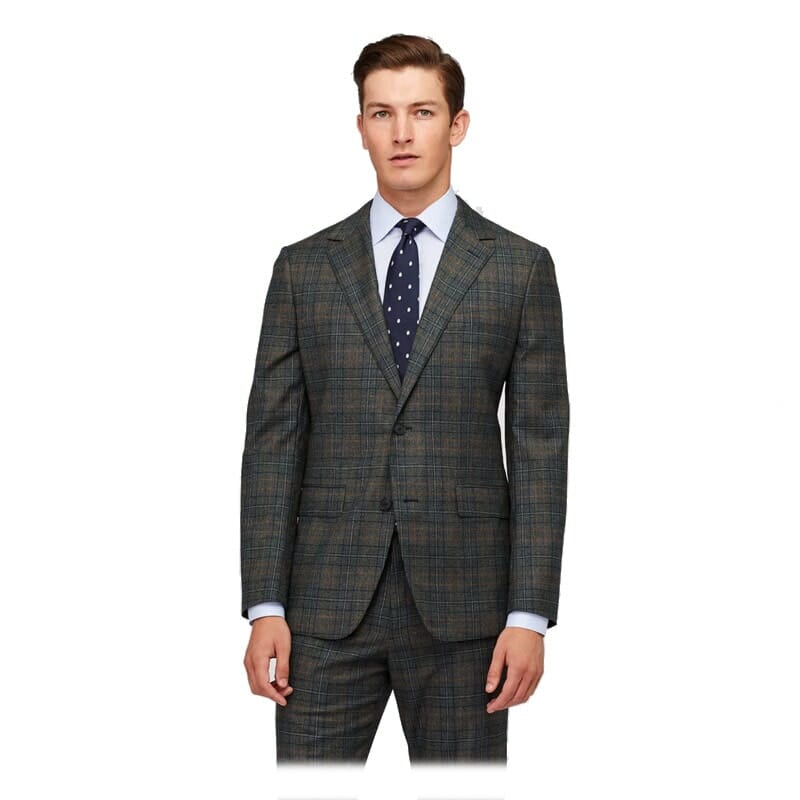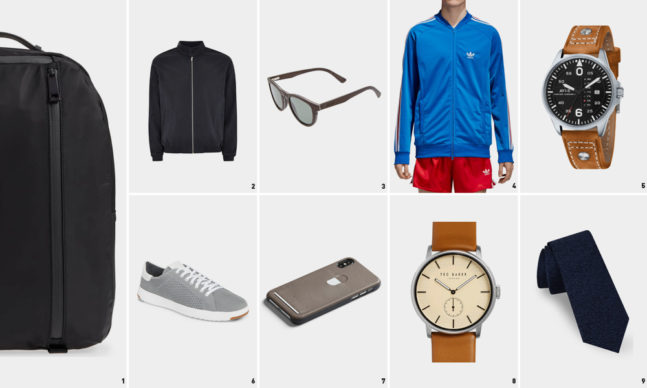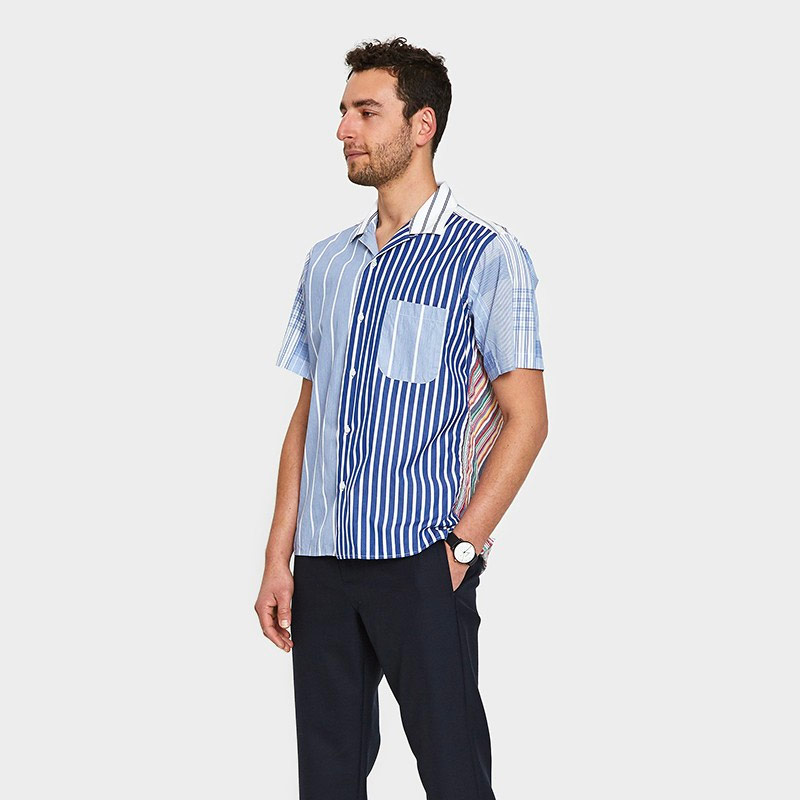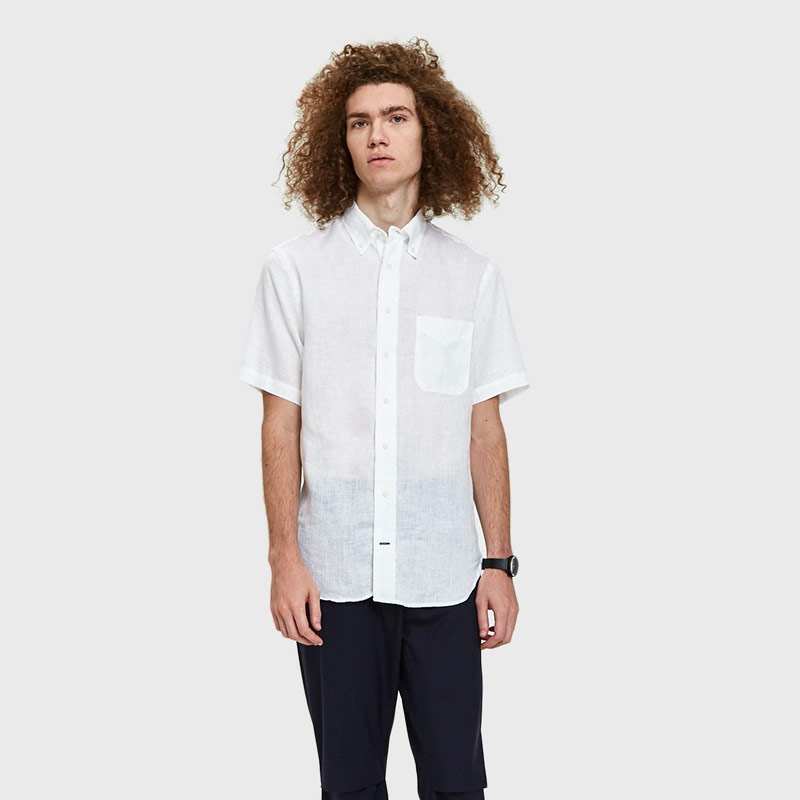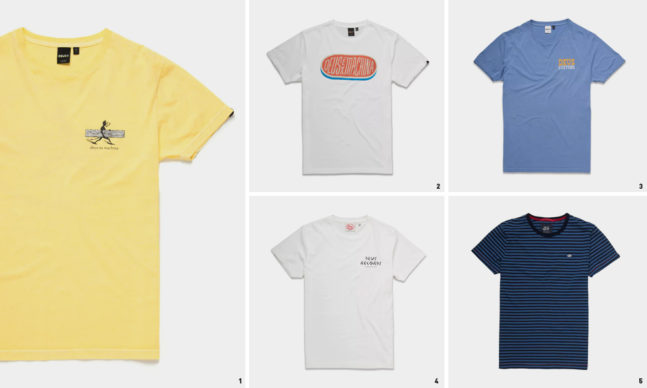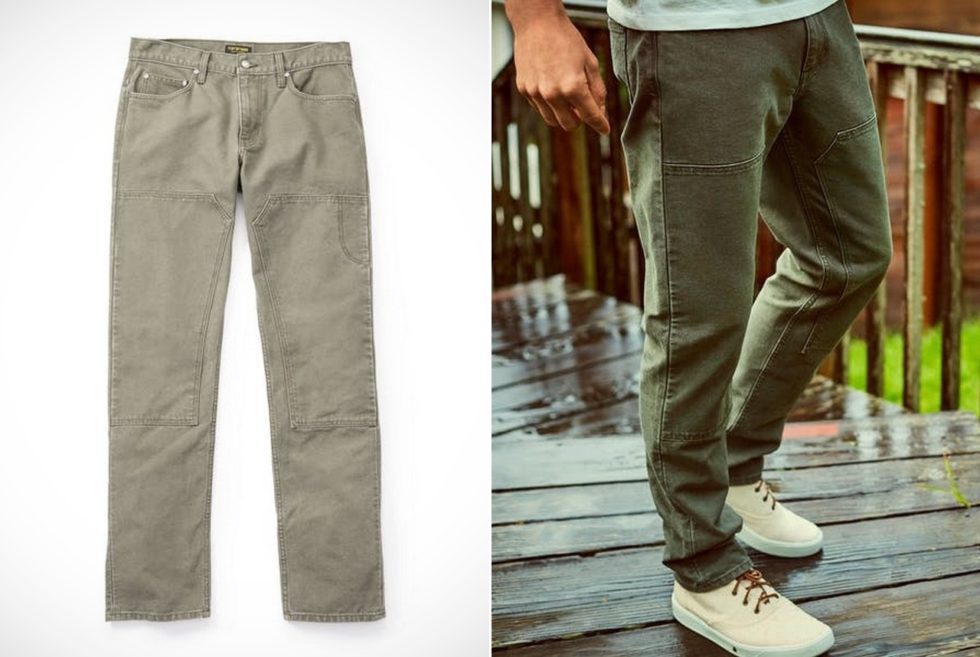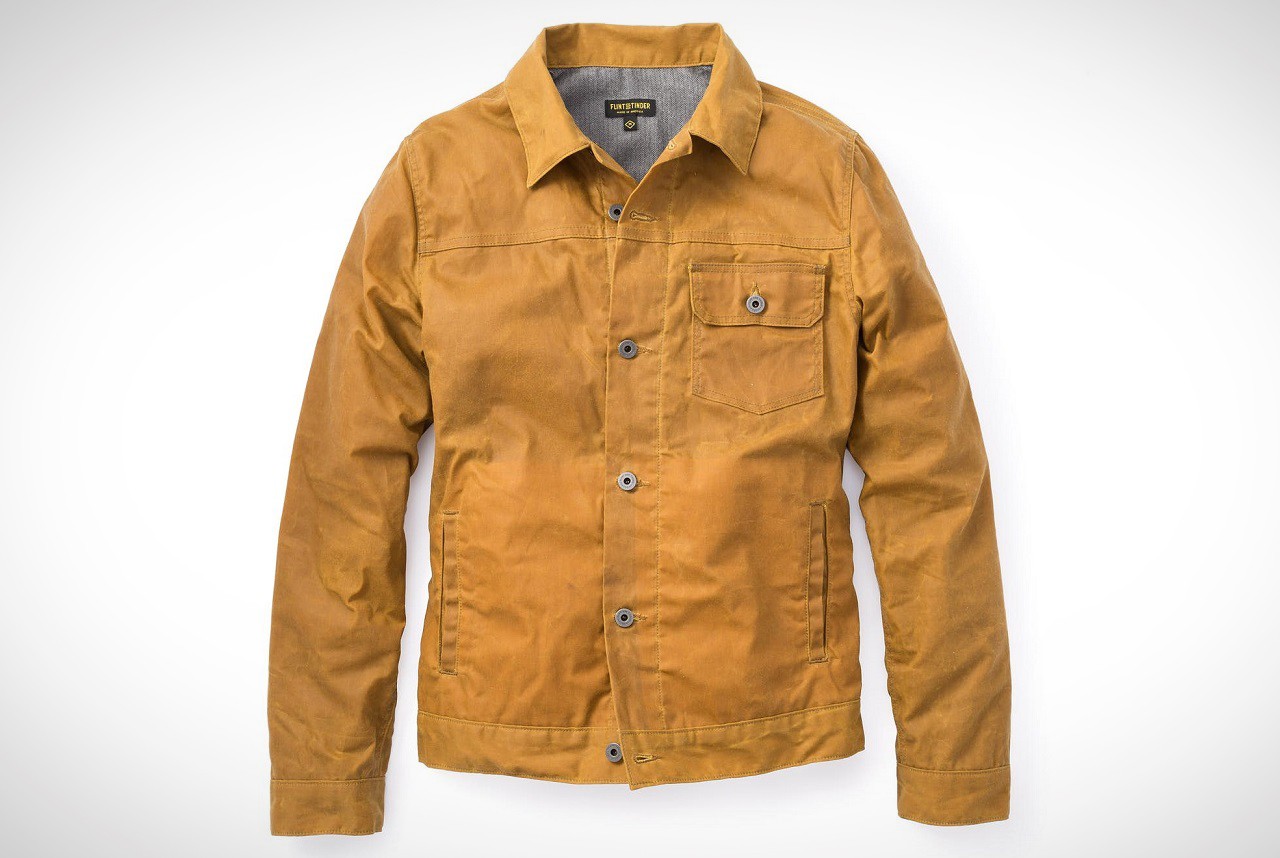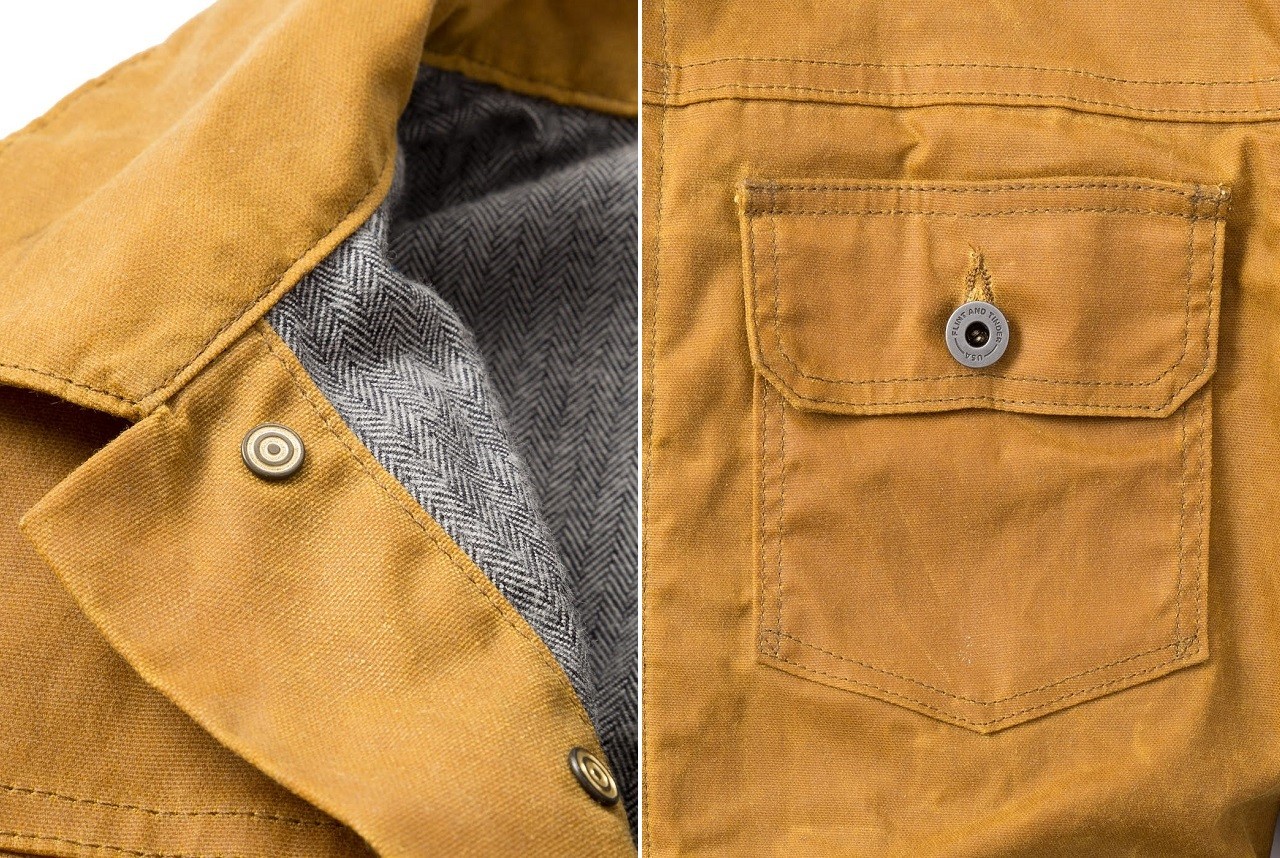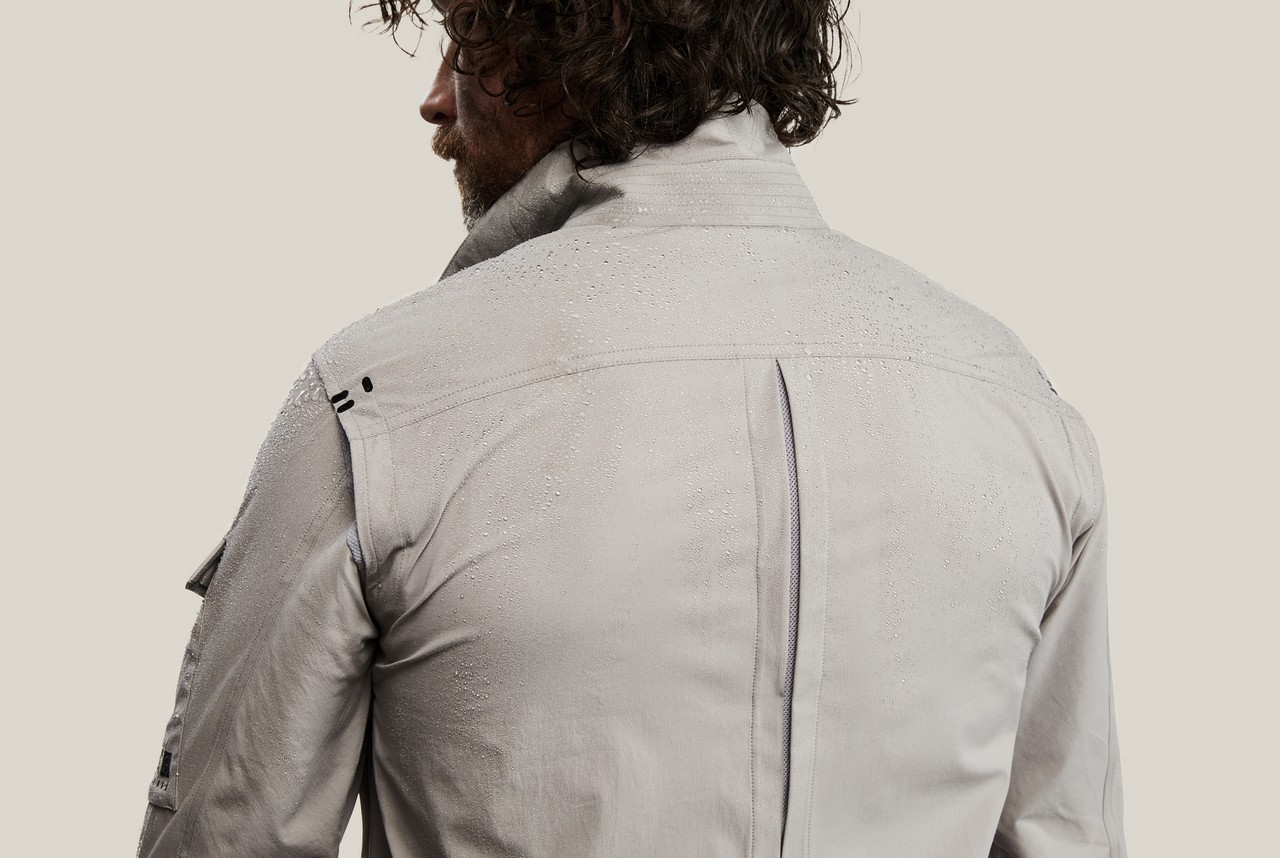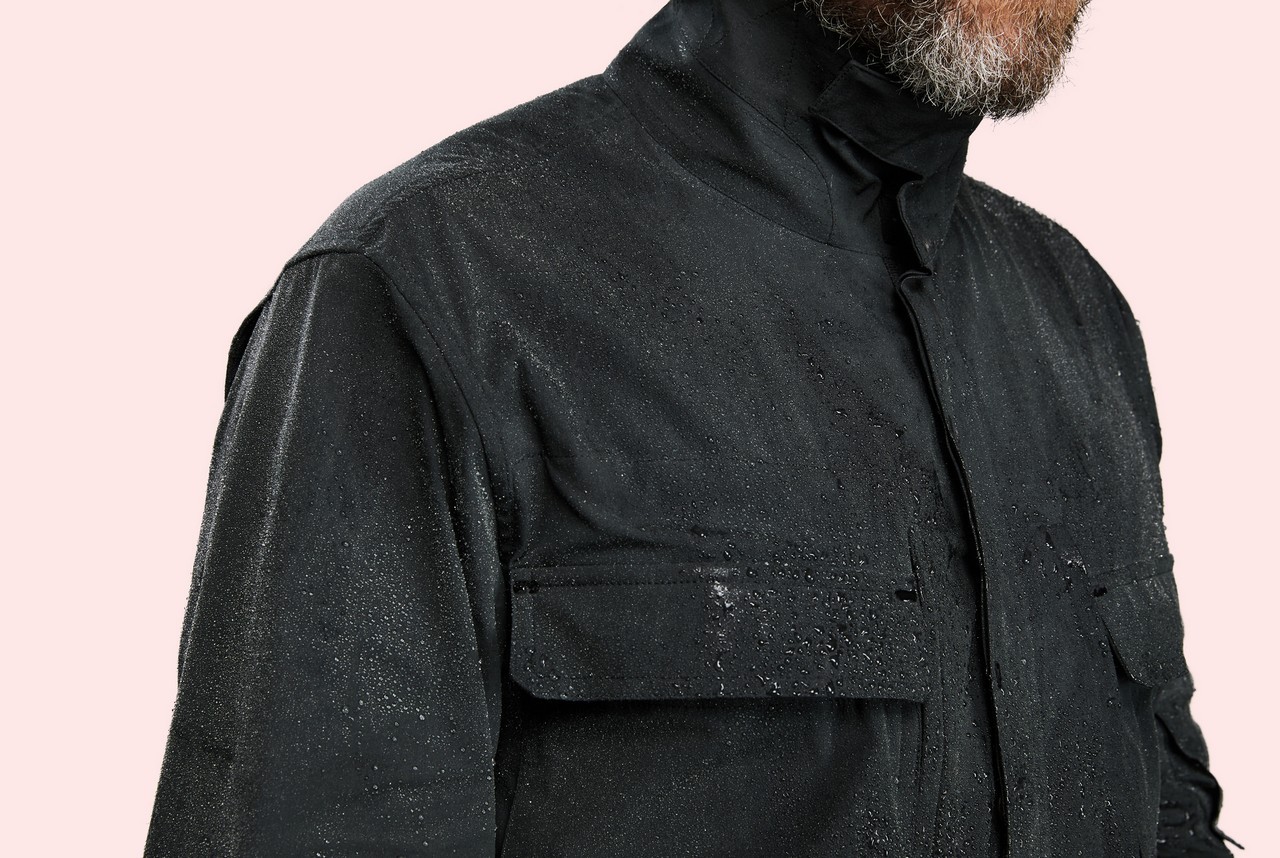With increasing frequency, sustainably-minded brands are focusing on wardrobe staples when developing new products. And that’s where Native Color — an Austin-based brand co-founded by Ted Muething and Jordan Bresler — planted its roots. “It started with trying to figure out how we could create casual clothing options that aren’t toxic, aren’t made with chemical dyes and don’t use fibers made with pesticides or microplastics,” Muething said. “So we wanted to start with the t-shirt.”

Organic cotton famers, the Oldhams, in Texas.
As the duo began developed the brand, they decided to source organic cotton locally and found a 7th-generation farmer named Gary Oldham from Samnorwood, Texas who has been growing organic cotton since 1992. “We were fortunate to get paired up with him and we learned a lot about the organic cotton industry and the best quality product — he’s just way ahead of the game,” said Muething. Oldham’s cotton is knit in a 5.75-ounce heavyweight, tubular construction and is then cut and sewn in North Carolina for his own SOS tees, which Native Color sources for its collection.

Kathy Hattori of Botanical Colors
Native Color then sends the tees to the Pacific Northwest where Kathy Hattori of Botanical Colors in Seattle dyes them in six distinct colors. “The natural dye art goes back thousands of years,” Muething said. “There’s this lost knowledge of natural dyes that exists around the world. If you look just under the surface, you can find places where natural dyes are still grown.” Hattori and her team source natural materials for dyes, host workshops and work with a variety of brands. For Native Color’s tees, the dyes are made from indigo, iron, pomegranate, fustic and madder.
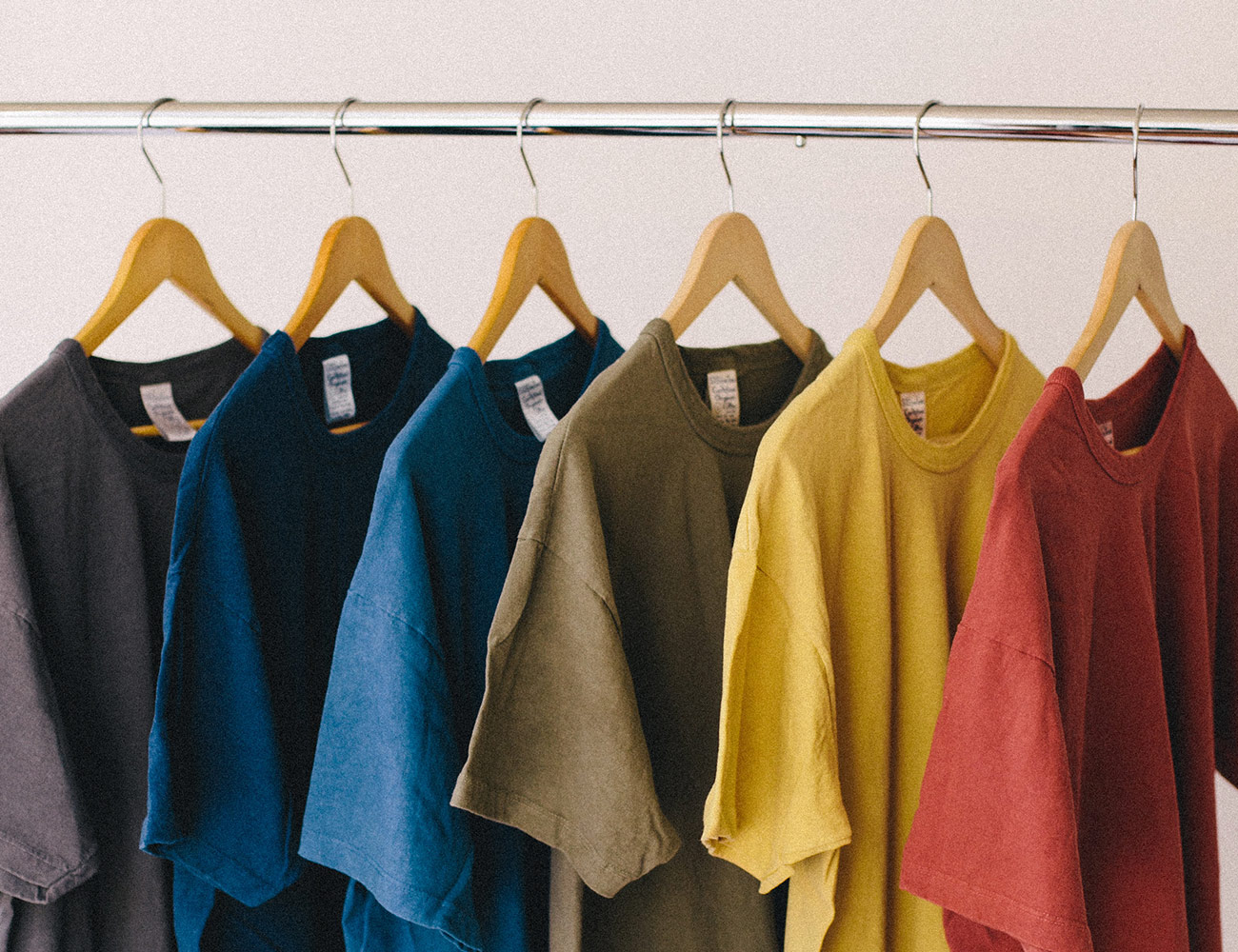
Native Color’s first collection of tees.
The resulting six colors — red, yellow, grey, dark navy, green, and light blue — represent just a small portion of what natural dying is capable of. “Look, you can have the same colors you would get off the rack in a different store as natural dyes,” Muething said. And though commonly used synthetic dyes are cheaper and often last longer, they are notably bad for the environment. Natural dyes, on the other hand, are much more eco-friendly, but may not be as uniform or colorfast. So like a pair of jeans, they’ll fade and develop patterns unique to the wearer.
Native Color launched six unisex tees in September with the price of $55 for one, $155 for three or $300 for six. Though not cheap, the price reflects the thoughtful manufacturing and tasteful design. So if you’re in the market for some new wardrobe basics and are looking for something that’s a little better on all fronts, Native color is well worth checking out.







